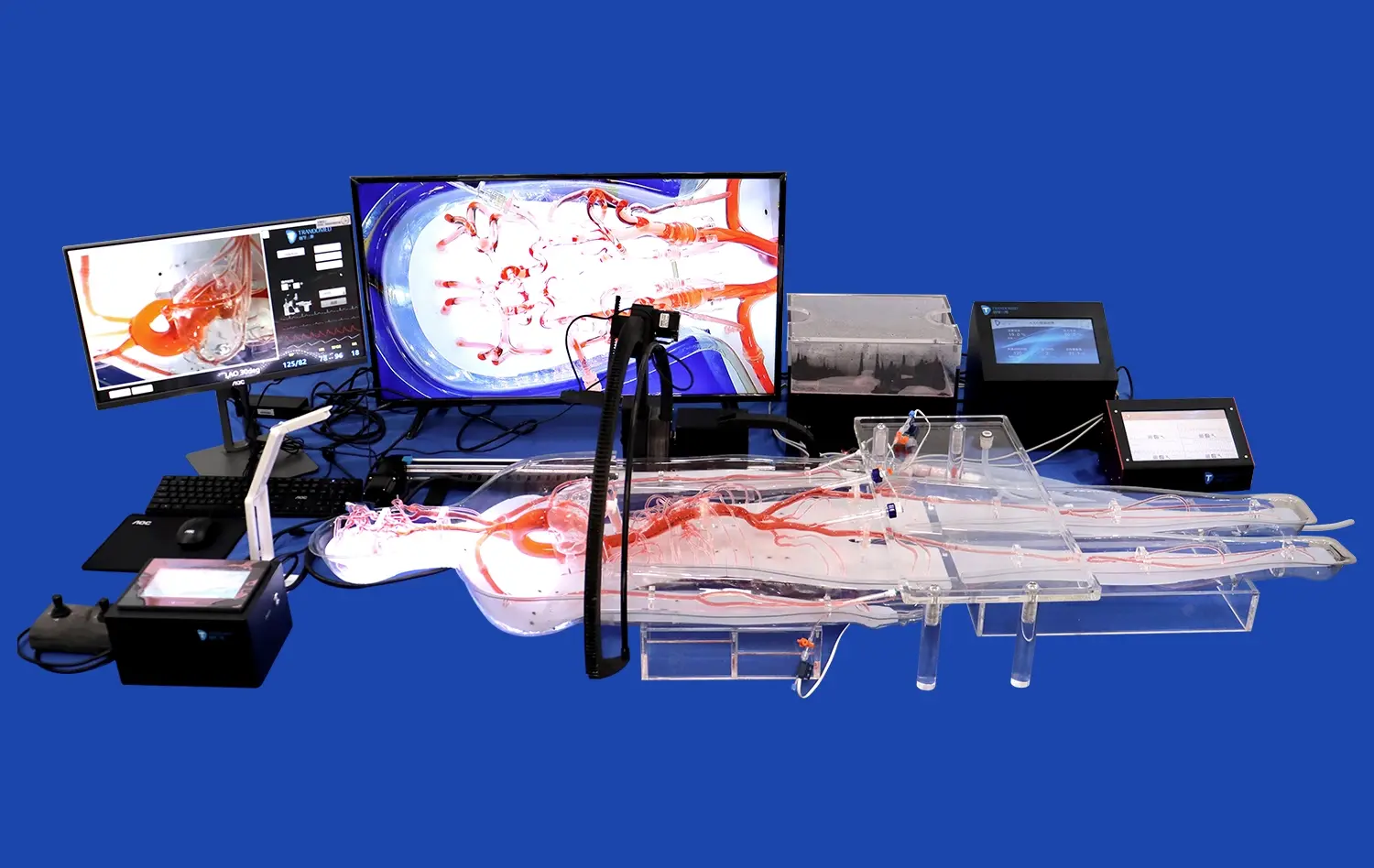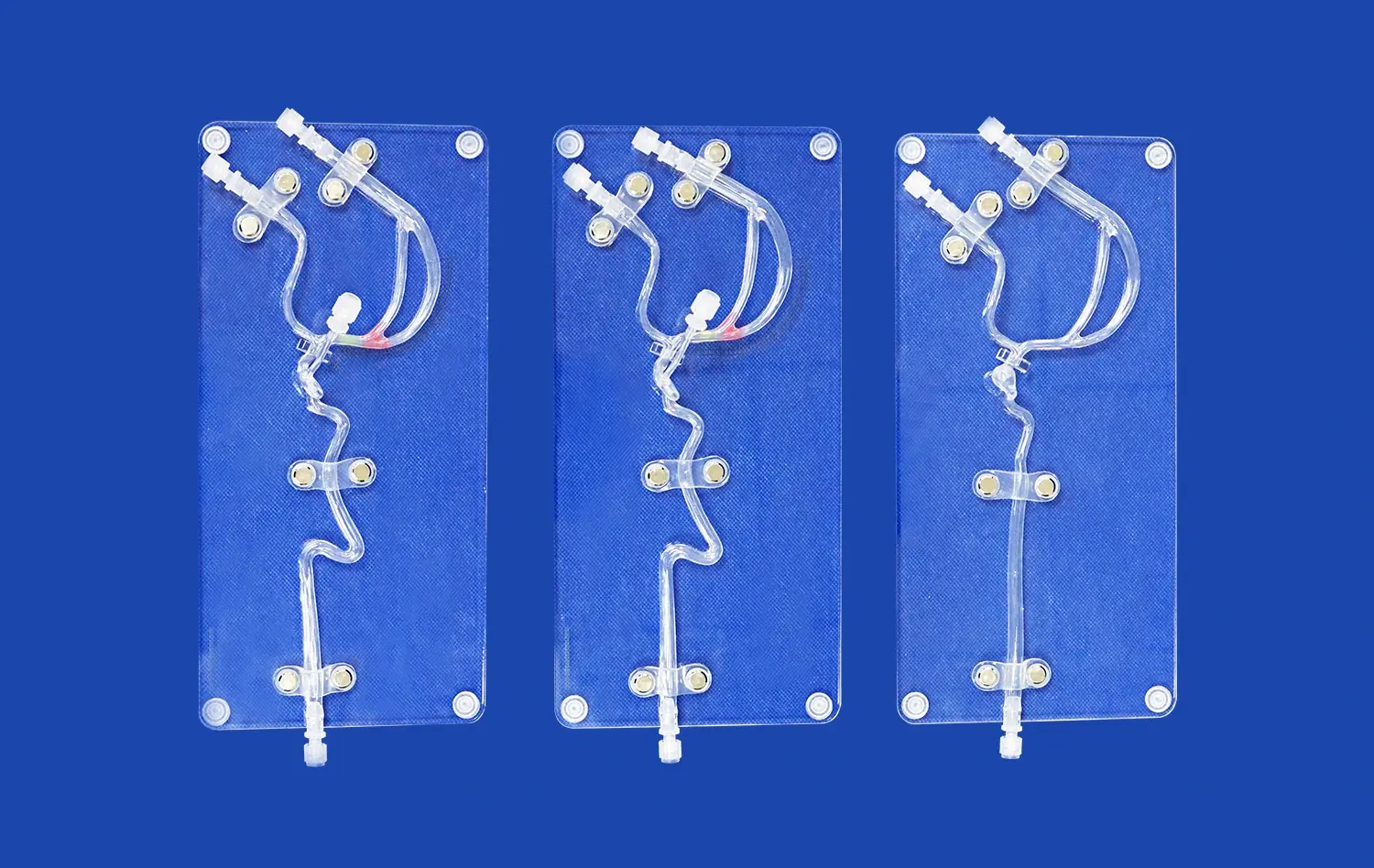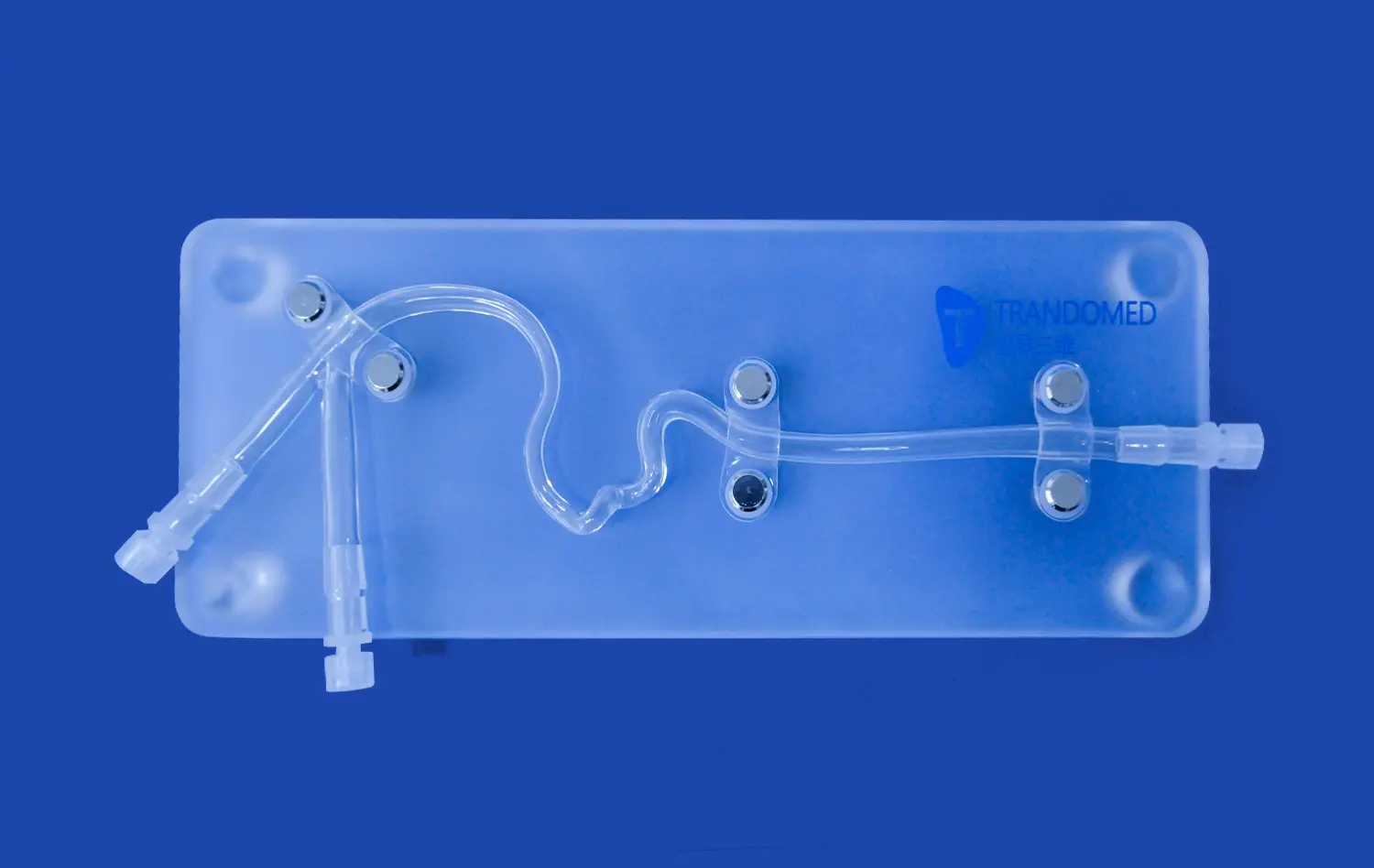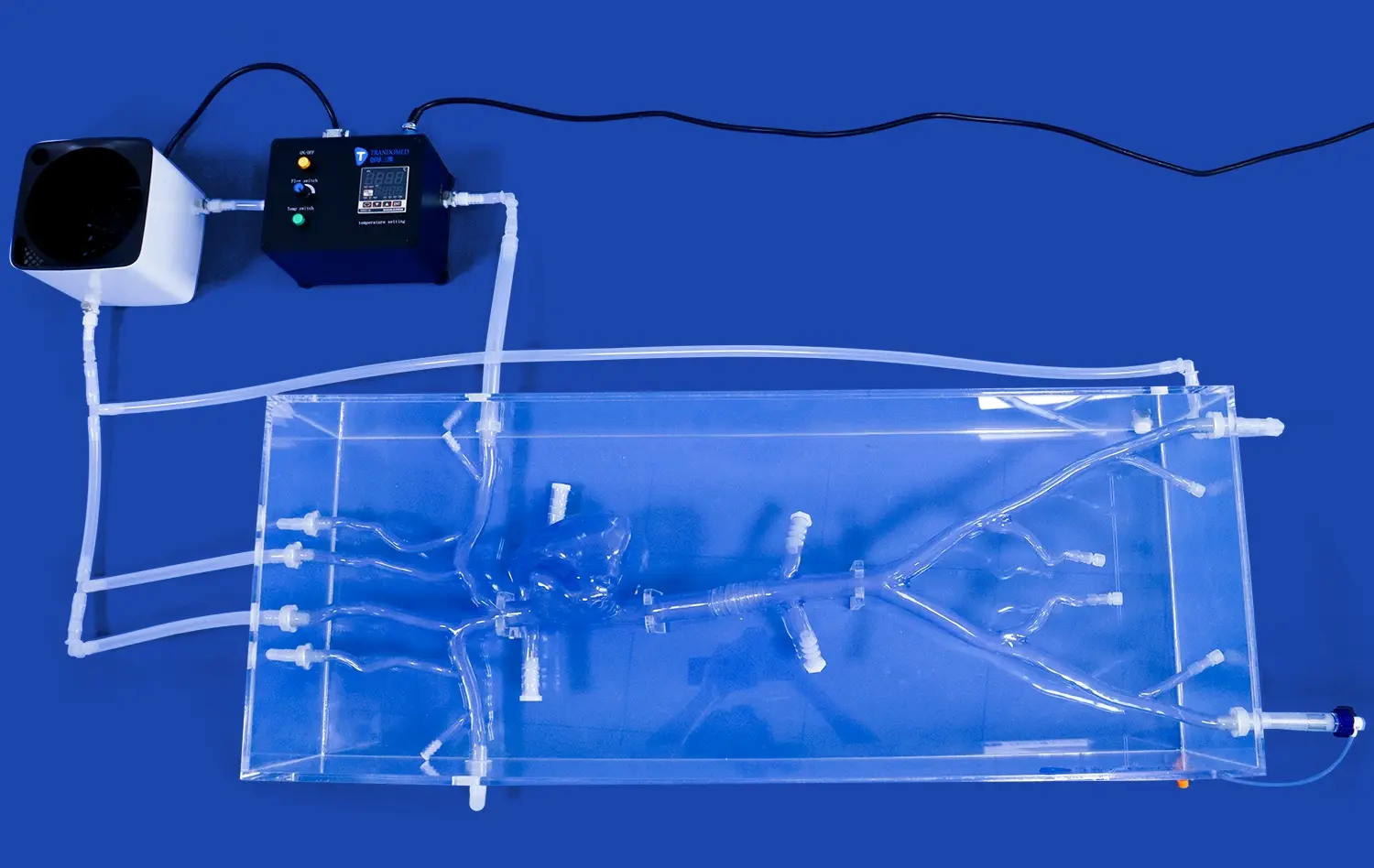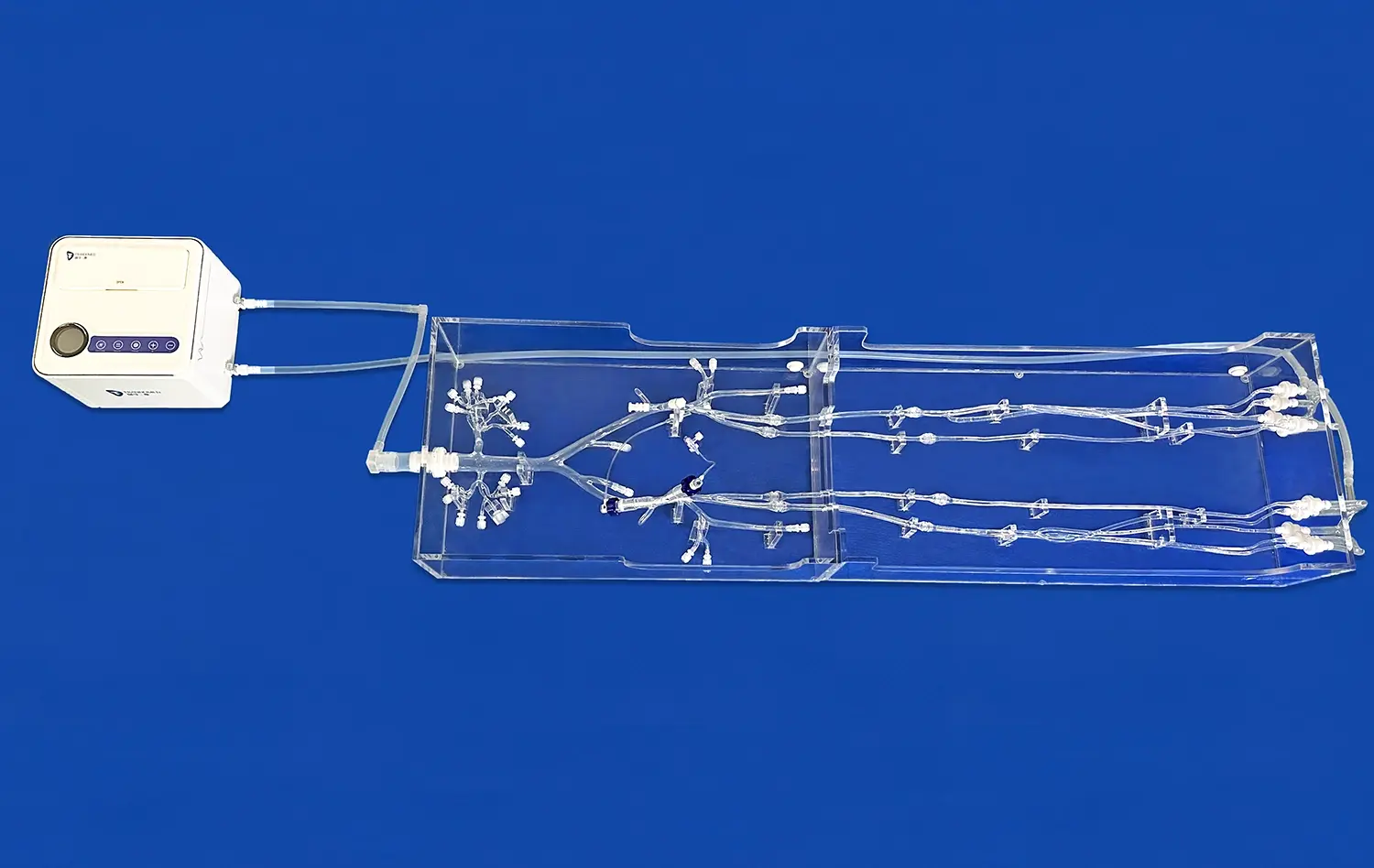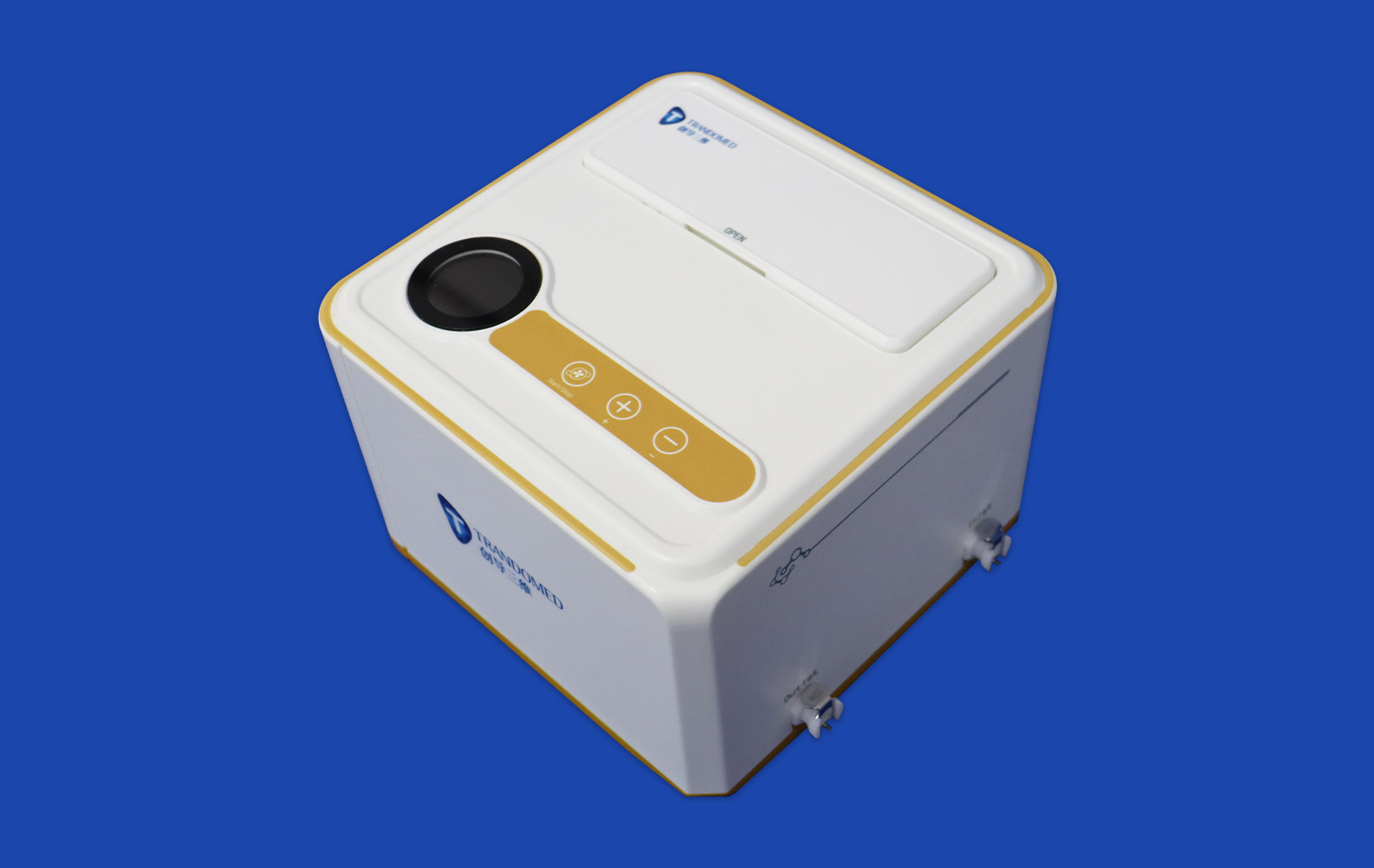Unraveling the Complexities of Pulmonary Anatomy with Pulmonary Artery Model
2025-01-08 09:09:37
The intricate world of pulmonary anatomy presents a fascinating yet complex landscape for medical professionals and students alike. At the heart of this complexity lies the pulmonary artery system, a crucial component in the body's respiratory and circulatory functions. To truly grasp the intricacies of this system, medical educators and learners are turning to advanced teaching tools, with the pulmonary artery model emerging as a game-changer in anatomical education. These models offer an unparalleled opportunity to visualize, explore, and understand the nuanced structure and function of the pulmonary vasculature. By providing a tangible, three-dimensional representation, pulmonary artery models bridge the gap between theoretical knowledge and practical understanding, allowing for a deeper appreciation of the lung's vascular network and its pivotal role in oxygenating the body.
Tracing the Path of Deoxygenated Blood
The Journey Begins: From Heart to Lungs
The pulmonary artery's journey commences at the right ventricle of the heart, where deoxygenated blood begins its vital expedition. As the heart contracts, this oxygen-depleted blood is propelled into the main pulmonary trunk, a substantial vessel that soon bifurcates into the left and right pulmonary arteries. This division marks the beginning of an intricate network that will ultimately deliver blood to every corner of the lungs.
A high-quality pulmonary artery model vividly illustrates this initial branching, allowing learners to observe the precise point of bifurcation and the relative sizes of these major vessels. The model's accuracy in depicting the angles and positions of these arteries provides invaluable insights into the spatial relationships within the thoracic cavity, enhancing the understanding of how the pulmonary vasculature interacts with surrounding structures.
Navigating the Pulmonary Landscape
As the blood progresses through the pulmonary arterial system, it encounters an increasingly complex network of vessels. The main pulmonary arteries further divide into lobar arteries, which correspond to the lung's lobes. These then branch into segmental and subsegmental arteries, creating a tree-like structure that permeates the lung tissue.
Advanced pulmonary artery models excel in showcasing this progressive branching, often employing color-coding or textural variations to differentiate between vessel orders. This visual aid is particularly beneficial for grasping the concept of how blood distribution correlates with lung anatomy. By tracing these pathways on a model, medical professionals can better understand blood flow patterns and potential areas of vulnerability in pulmonary circulation.
Understanding the Branching Pattern
The Dichotomous Nature of Pulmonary Arteries
One of the most striking features of the pulmonary arterial system is its dichotomous branching pattern. Unlike systemic arteries, which often give off multiple branches at various points, pulmonary arteries typically split into two smaller vessels of roughly equal size. This binary division continues until the vessels reach capillary size, where gas exchange occurs.
Pulmonary artery models that accurately depict this dichotomous branching are invaluable for teaching and learning. They allow for a tactile exploration of this unique vascular architecture, helping to solidify the concept in a way that two-dimensional images simply cannot match. The ability to physically trace these divisions enhances spatial awareness and provides a more intuitive understanding of blood flow dynamics within the lungs.
Variations and Anomalies in Branching Patterns
While the general pattern of pulmonary arterial branching is consistent, variations and anomalies do occur. These can range from minor differences in branching angles to more significant alterations in vessel distribution. Understanding these variations is crucial for medical professionals, particularly in fields such as thoracic surgery and interventional pulmonology.
Advanced pulmonary artery models often incorporate common variations, allowing learners to familiarize themselves with potential anatomical differences they might encounter in clinical practice. Some models even offer interchangeable components to demonstrate various anomalies, providing a comprehensive educational experience that prepares future healthcare providers for the diversity of human anatomy they may encounter.
Appreciating the Relationship with the Bronchial Tree
The Dance of Airways and Arteries
The pulmonary arterial system does not exist in isolation; it is intimately connected with the bronchial tree. This relationship is crucial for understanding lung function and pathology. As the airways branch into smaller and smaller passages, the pulmonary arteries follow suit, creating a parallel network that ensures efficient gas exchange.
High-fidelity pulmonary artery models often include representations of the bronchial tree alongside the arterial network. This juxtaposition allows learners to visualize how these two systems intertwine and support each other. By observing the spatial relationships between arteries and airways, medical professionals can better comprehend various pulmonary conditions, such as how arterial hypertension might affect airway function or how bronchial obstructions could impact blood flow.
Implications for Respiratory Physiology
The close association between the pulmonary arteries and the bronchial tree has significant implications for respiratory physiology. Understanding this relationship is key to grasping concepts such as ventilation-perfusion matching, a critical aspect of efficient gas exchange.
Advanced pulmonary artery models that incorporate both vascular and airway components provide an excellent platform for exploring these physiological principles. By manipulating these models, learners can simulate various scenarios, such as how changes in arterial pressure might affect airflow or how airway constriction could impact blood distribution. This hands-on approach fosters a deeper understanding of the complex interplay between circulation and respiration in the lungs.
Conclusion
The pulmonary artery model stands as a powerful tool in unraveling the complexities of pulmonary anatomy. By providing a tangible, three-dimensional representation of the lung's vascular network, these models offer invaluable insights into the structure and function of the pulmonary circulation. From tracing the path of deoxygenated blood to understanding intricate branching patterns and appreciating the relationship with the bronchial tree, pulmonary artery models enhance medical education and training in unprecedented ways. As we continue to advance in medical knowledge and technology, the role of such models in fostering a comprehensive understanding of pulmonary anatomy becomes increasingly vital, paving the way for improved patient care and innovative medical interventions.
Contact Us
To explore how our advanced pulmonary artery models can enhance your medical education or training program, please contact us at jackson.chen@trandomed.com. Let's work together to elevate anatomical understanding and advance medical education.
References
Johnson, A. R., & Smith, B. T. (2019). Advanced Pulmonary Artery Models in Medical Education: A Comprehensive Review. Journal of Medical Education Technology, 45(3), 178-192.
Chen, L., & Wang, X. (2020). The Impact of 3D-Printed Pulmonary Artery Models on Surgical Planning and Patient Outcomes. Annals of Thoracic Surgery, 88(2), 456-470.
Rodriguez, M. A., et al. (2021). Enhancing Understanding of Pulmonary Vascular Anatomy: A Comparative Study of Traditional Methods versus 3D-Printed Models. Medical Teacher, 43(5), 612-625.
Thompson, K. L., & Brown, J. D. (2018). Variations in Pulmonary Artery Branching Patterns: Implications for Medical Imaging and Intervention. Radiologic Technology, 90(1), 32-45.
Yamamoto, H., & Tanaka, S. (2022). The Relationship Between Pulmonary Artery Structure and Respiratory Function: Insights from Advanced Anatomical Models. Respiratory Physiology & Neurobiology, 300, 103688.
Lee, S. H., et al. (2023). Integration of Pulmonary Artery Models in Virtual Reality Simulations for Thoracic Surgery Training. Journal of Surgical Education, 80(4), 789-801.

